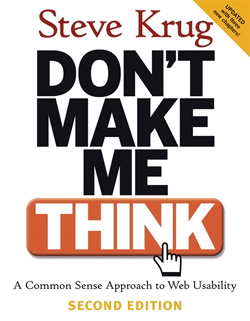The Flexbox Layout (Flexible Box) module (currently a W3C Last Call Working Draft) aims at providing a more efficient way to lay out, align and distribute space among items in a container, even when their size is unknown and/or dynamic (thus the word “flex”).
The main idea behind the flex layout is to give the container the ability to alter its items’ width/height (and order) to best fill the available space (mostly to accommodate to all kind of display devices and screen sizes). A flex container expands items to fill available free space, or shrinks them to prevent overflow.
Most importantly, the flexbox layout is direction-agnostic as opposed to the regular layouts (block which is vertically-based and inline which is horizontally-based). While those work well for pages, they lack flexibility (no pun intended) to support large or complex applications (especially when it comes to orientation changing, resizing, stretching, shrinking, etc.).
Note: Flexbox layout is most appropriate to the components of an application, and small-scale layouts, while the Grid layout is intended for larger scale layouts.
Source: A Complete Guide to Flexbox | CSS-Tricks
 Unless you are designing just for the joy of it – or you are one of the fabled ‘unicorns’ who can do EVERYTHING – at some point you will encounter (and probably lock horns with) someone tasked with taking your pretty little pictures and turning them into a real world product. Like cats and dogs, these relationships are historically known for being… strained.
Unless you are designing just for the joy of it – or you are one of the fabled ‘unicorns’ who can do EVERYTHING – at some point you will encounter (and probably lock horns with) someone tasked with taking your pretty little pictures and turning them into a real world product. Like cats and dogs, these relationships are historically known for being… strained.



Reply
You must be logged in to post a comment.